
Stay Alive by Avoiding Bad Motorcycle Helmets and Buying Good Brands
left for contents
Before I tell you a story about my buddy Kevin, let me cut right through to the good stuff.
These are the brands you want to buy a motorcycle helmet from:
The Best:
Midrange, Solid Lids
Budget, But Not Bad
And make sure you’re buying it on Revzilla so you know you’re getting a legitimate one, not a knockoff. Never buy a used helmet either! You don’t know what it’s been through, and once that helmet suffers a knock, it’s no longer protective.
So back to Kevin. He once spent a bit too much on a Triumph Street Triple. On his way to pick it up, it suddenly dawned on him.
He hadn’t even bought a helmet.
So, he stopped at a Walmart on the way to the dealership to buy a helmet. He tossed said helmet on the passenger seat of his doorless Jeep (Florida things).
You might know what’s coming next.
Kevin had to swerve to avoid an accident, and on went his new motorcycle helmet out the right side of the car and on to the pavement.
Kevin went back to grab it – probably fine, he thought. It fell from about 5 feet off the ground at maybe 30 miles per hour.
The shell of Kevin’s new helmet had cracked, in what was a very light fall, without any weight inside the shell. What a piece of crap.
If Kevin’s head was inside, it might have looked something like this:

And that’s no fun.
It’s incredibly important to find and wear a safe motorcycle helmet. And most helmets just aren’t safe.
Looking at the latest data, 70% of motorcyclists wear a helmet (1) and only 60% of motorcycle fatalities are people wearing a helmet (2) – proportionately, you’re less likely to have a fatal accident with a helmet.
Safety isn’t just about DOT, ECE, Snell, and SHARP ratings. Safety is also about build quality and rider comfort.
To separate the best from the rest, this article will teach you how to spot an unsafe motorcycle helmet. And since we want you to find something good, I’ll also drop a list of the best motorcycle helmet brands so you can choose a lid from them instead.
What Makes a Helmet Bad?
Helmets are designed to absorb impacts so your skull and brain don’t have to.
You see, evolution has done a great job making our skulls strong so we can protect that all-important brain from injury.
However, evolution hasn’t caught up with us nutcases who enjoy strapping ourselves to two-wheeled rocket ships. But thankfully we have engineers, and what they’ve done with motorcycle helmets goes a long way.
In a crash, a motorcycle helmets shell and EPS foam do most of the impact absorption. There are some other technologies that can help, which we’ll get in to later on in the safe helmets section.
First Defense: Shell
Most helmet shells are made of polycarbonate or ABS or thermoplastic, which are both fancy ways of saying ‘a semi-rigid form of plastic’. While these do a decent job, the quality is all over the place.
A helmet made of ABS or polycarbonate plastic ranges in safety from terrible to decent, but not above that. Plastics usually stay intact and absorb force up until a breaking point. Past that point, they will snap and provide almost no resistance. This means plastics can be okay at low impact speeds, but at higher ones they simply fail – leaving your head very exposed to excess force.
So what’s better than plastic?
Materials like fiberglass and carbon fiber. These make up fibers like Aramid, Kevlar, and Shoei’s AIM shell. These materials offer more compression over a wider range of impact forces, absorbing more energy than plastics. They usually crack in a ‘spiderweb’ fashion instead of in a line.
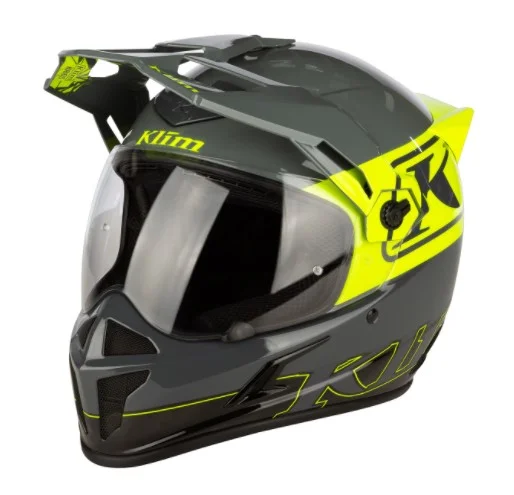
For an example of a top-notch shell, check out the Klim Krios. It’s carbon fiber, with every piece of carbon placed intentionally to make sure it’s as safe as possible.
Second Defense: EPS Foam
EPS foam is the second line of defense in a crash. EPS stands for expandable polystyrene, and while it’s basically fancy styrofoam, it absorbs a lot of energy on impact.
I’ve never seen a motorcycle helmet that doesn’t use EPS, but if you’re looking at an extremely cheap lid, you might want to check…
EPS improves when helmets contain multiple densities of it. At a minimum you should expect dual density EPS – a lighter layer for small knocks and heavier for big hits. You can get as high as four-density EPS from Arai (3).
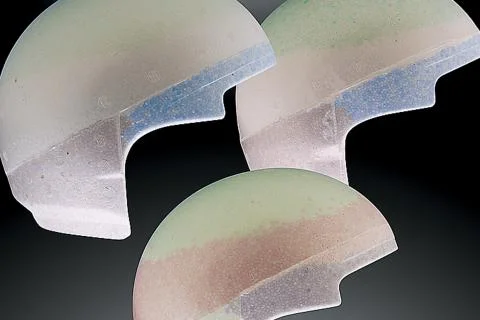
EPS foam is one time use. That means when it compresses, it doesn’t bounce back. And after it compresses, it won’t absorb as much impact in the future.
So if a motorcycle helmet has been in any kind of crash, it’s done. Don’t try to polish it up and ride with it again, even if the shell looks okay. The EPS is likely crushed, and it won’t provide you any protection on that spot.
This is also why I wouldn’t recommend buying a used helmet, especially on a place like eBay or Craiglist where anyone can list anything.
Comfort and Defense: Padding
Padding is the inner layer of a helmet that contacts your head. In most cases this is mainly for comfort, but does have some crash-related effects.
You want two qualities in your motorcycle helmet padding when it comes to safety: a snug fit, and Emergency Release cheekpads.
Why snug fit? If a helmets padding doesn’t hug your skull and face tight, the helmet’s foam and shell can’t do their jobs. They will instead ping-pong a lot of the energy from an impact right in to your skull.
What’s Emergency Release padding? Emergency release padding makes it easier for paramedics to remove your helmet without further injuring your head or spine in the event of a crash. Usually you’ll see two red pull tabs on the bottom of each cheek pad. These allow for quick removal.
Shoei makes a great Emergency Release system for some of their helmets.
Comfort is also important for safety. If the padding in a helmet causes chronic discomfort, that’s one distraction you’re always riding with. If it stinks because the lining isn’t removable and washable, that’s another distraction you’re always riding with. Don’t ignore comfort when picking a helmet.
Visibility: A Good Visor
If you can’t see the road, you have about 3 seconds before you’re in a bad place.
A good helmet visor is as important as eyesight itself when riding a motorcycle.
Avoid helmets with cheap, flimsy visors. These won’t stick in place when you put them down, and they’re liable to fog, crack, and scratch.
You also want the visor to be removable so you can give it a good clean after a day adventuring. Dirty visor is again a ‘no sight’ situation.
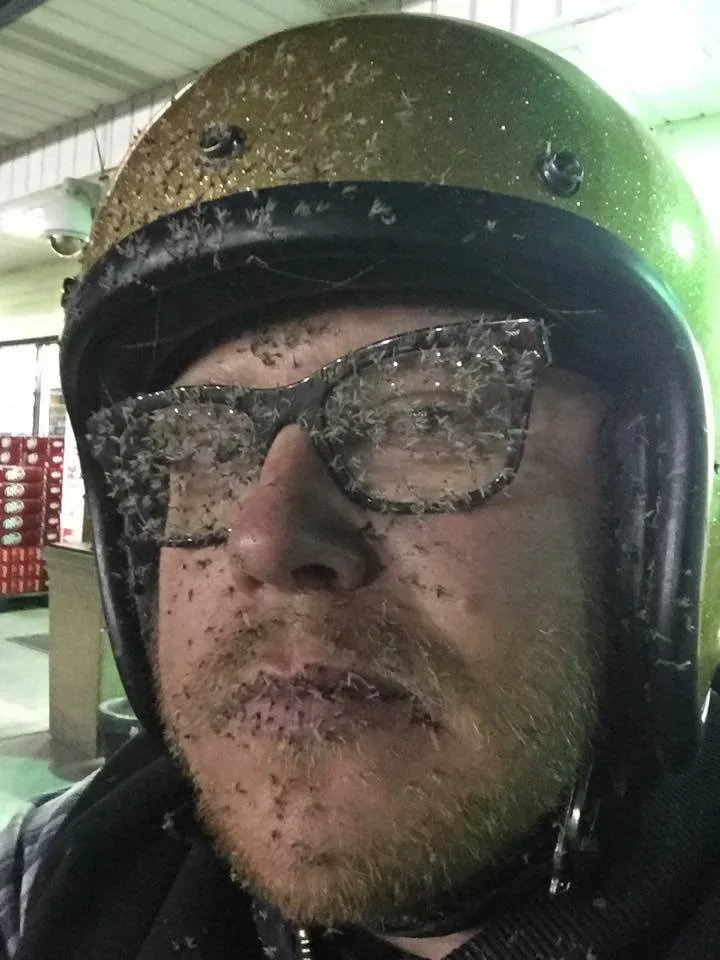
Check how easily the visor opens and closes as well. You want a visor that firmly locks in place, but is easy to open or close with just one hand. Having the wind blow your visor open or fiddling with it too much is a recipe for a crash.
Another sign of a good quality helmet is one that comes capable of holding a Pinlock visor. Pinlock visors are anti-fogging inserts that help you maintain visibility in wet or cold conditions. You’ll find most good helmet brands come with a Pinlock visor included, like our pick for the best Bluetooth helmet, the Sena Stryker.
Minimizing Distraction: Vents and Airflow
Bad helmets have poor airflow or loud, distracting vents. Good helmets have well-designed airflow with channels cut in the EPS foam and easy-to-operate vents.
Many cheap helmets don’t have vents. They may look like they do, with fancy shapes and grilles, but they go nowhere.

The easy way to check if the vents are real? You should be able to actually see the intakes and outflows when you take out the helmet’s lining. Any respectable helmet store should let you pop out the lining and see for yourself the channels where air flows inside the helmet.
Don’t bother with any full face helmet with cosmetic, non-functioning vents. No vents means discomfort, sweat, and visor fogging – which all make it more likely you’ll miss something on the road and crash.
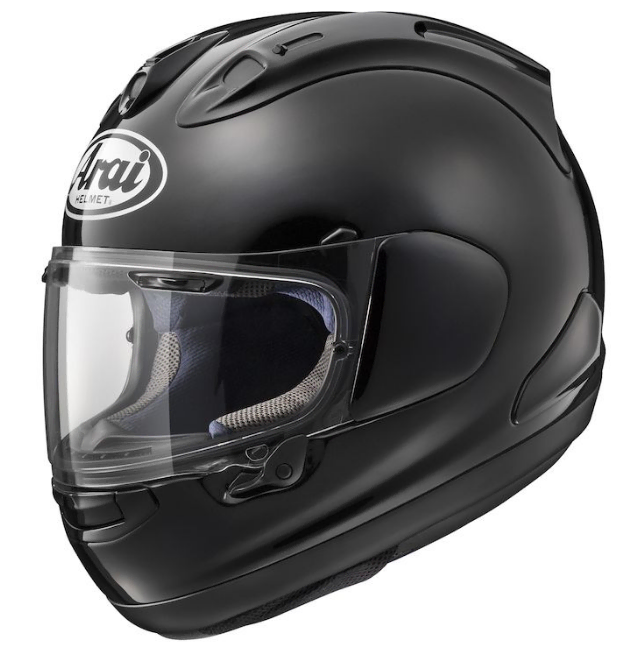
High end helmets often feature amazing ventilation systems. Take the Arai Corsair-X Helmet as an example – Those wide vents suck tons of air down in to channels in the EPS foam, carrying hot air away from your head and face and to the exhaust vents in the rear. Each vent even has multiple settings for lower or higher airflow.
Chin Strap
The last sign of a bad helmet is the chin strap. If it doesn’t have one of these three common ones, skip it. Not a real motorcycle helmet!
- The double D-ring
- The ratchet strap (called by a million other names like ‘quick release’ strap)
- Fidlock

The double D-ring is what you want. A tried-and-true buckle, the D-ring is safer and more reliable than Fidlock and ratchet straps. The latest science says so.
Tip: You don’t need to undo the D-ring to take off a helmet. Just slide the chin strap by pulling the D-ring out to the side. That’ll give you some extra slack in the chin strap. Pull the strap forward past your chin, and slide the helmet off.
This is hard to tell from sight and touch alone, but you want a D-ring made of stainless steel or a similar corrosion-resistant material.
Many cheap helmets use low-quality alloys that corrode in as little as a few months. That reduces the strength of the chin strap while also making it more difficult to take on and off.
Price Signals
With motorcycle helmets, cheap equals bad. Usually.
Try not to slip below $100, unless it’s on sale. This price doesn’t automatically mean “quality”, but anything lower and you’re likely getting off-brand imports with bad plastic and no vents.
Also, beware of name-brand helmets selling at a heavy discount secondhand. If you spot a $600 helmet going for $100, that lid was probably crashed in or it’s a fake.
Very high quality helmets will cost around $600 – $700, with only a few going beyond that. Consider how much those hospital bills will be before you skimp on a helmet. A few hundred extra might save a couple hundred THOUSAND in the future, or your LIFE.
Safety Certification
You need to keep your eye out for three safety ratings. Our take on them is:
- DOT is the standard that makes helmets road-legal in the USA. However, DOT only certifies the effectiveness of a helmet when hit directly on the top. Most crashes are not anything like this, so DOT means almost nothing.
- Snell improves upon DOT by testing helmets through repeated high-force impacts on different areas of the helmet. However, this is more suitable for car racing than motorcycles, where repeated hits against a steering wheel or roll cage are common. However, this is still better than DOT for motorcycle helmets.
- ECE is the European standard making helmets legal in the EU. ECE goes above and beyond DOT by testing direct impacts as well as rotational forces, which are common in motorcycle crashes. This leads to slimmer helmets that are more fit to the characteristics of motorcycle crashes than Snell-rated lids.
- FIM is the gold standard for helmet ratings. How do we know? FIM is the governing body of motorcycle racing, meaning they set the rules for the best racers in the world. FIM helmets are often wickedly expensive, but they’re built to protect athletes worth billions of dollars to FIM.
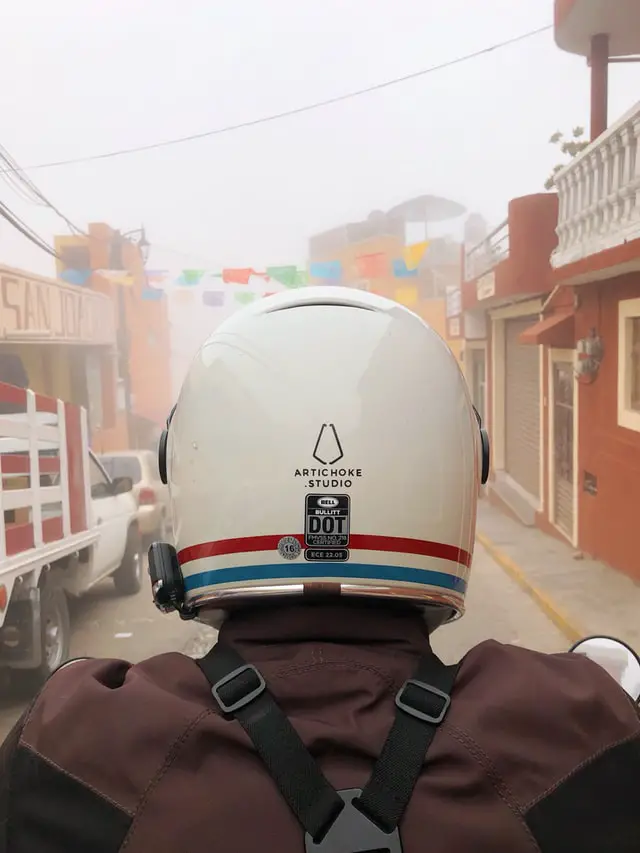
What about SHARP?
SHARP is an independent helmet testing company. SHARP tests a lot of popular helmets and posts their 1 to 5 star safety rating for each lid on their site.
Check every helmet you want to buy on SHARP’s database! It’s completely free to browse. However, they focus on helmets sold in the UK so they may not have your lid. They don’t have the popular Shoei RF-SR, for instance!
What Makes the Safest Helmets?
For a safe helmet, look for a well-constructed shell made of fiberglass or carbon fiber. Make sure the EPS foam is at least dual-density. Check that the vents are easy to operate and connect to channels cut in to the EPS foam that lead to exhaust vents. The liner should be removable. You should find a DOT, ECE or FIM safety certification on the lid.
Don’t overlook fit either – even a top notch helmet that’s too big won’t do much for you in a crash. Make sure that the lining fits snug, because the pads will soften over time.
Some small touches that can improve safety? Look for the yellow Mips sticker.
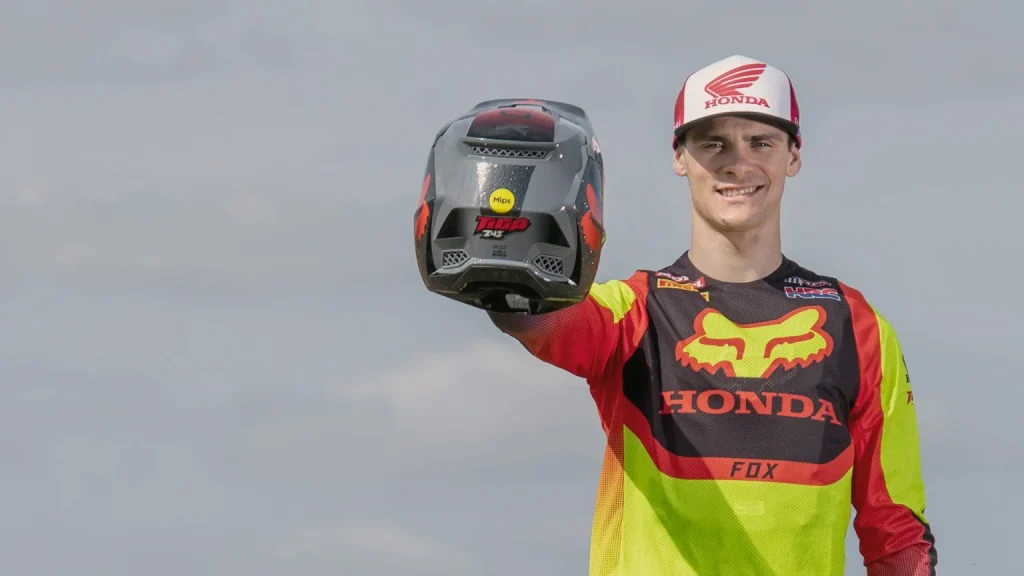
This “multi-directional impact protection system” sits inside helmets between the foam and the padding to allow the helmet to rotate a bit without pulling on your head. This little piece of plastic reduces rotational forces in an accident, a key difference between deadly crashes and ones you walk away from. Here’s MIPS explained, visually.
The Safest Motorcycle Helmets
The safest motorcycle helmets on the market are… drumroll please…
The Highest Quality, Safest Helmets
- Arai
- Shoei
- AGV
- Schuberth
- 6D (Motocross and Dirt)
Midrange, Solid Lids
- HJC
- Bell
- Shark
- Scorpion
- Nolan
- Caberg
- Airoh
- Nexx (Our Street and Track contributor, Sebastian, was very impressed with the XR3R)
Budget, But Not Bad
- Biltwell
- Torc
- O’Neal
- Fox
- Icon
- LS2
- Sedici
If it’s not on this list, it’s not automatically a crap helmet. There are many solid lids from smaller brands. Just be sure to use this article as a guide while evaluating the helmet, and check the SHARP database to see if they’ve tested it.
One of the best deals we’ve found on a safe helmet is the HJC C70. SHARP gave this a five out of five rating, with very good front and back impact absorption. It’s ECE approved, has good ventilation, comes with a Pinlock visor, and is…
Under $200. That’s a steal for a helmet this well-rated.
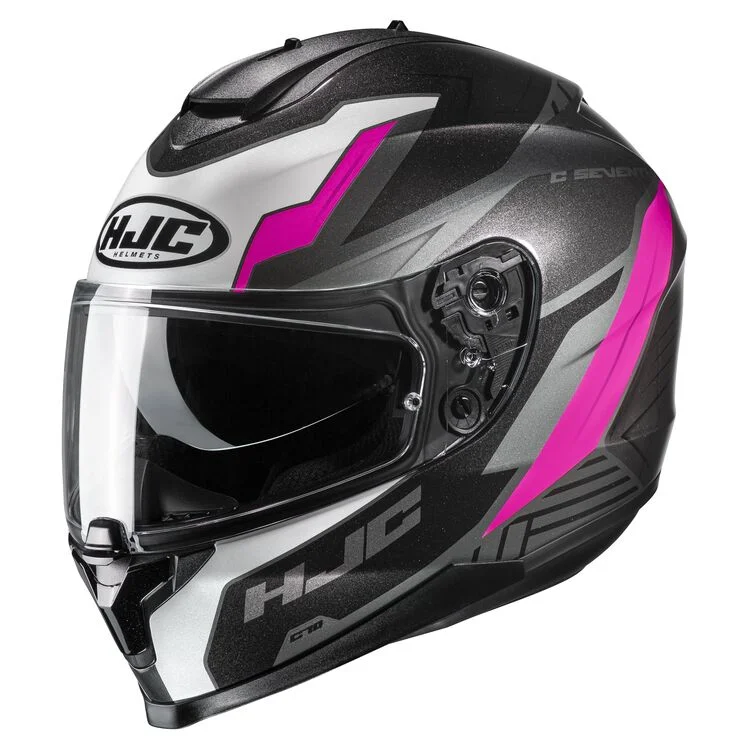

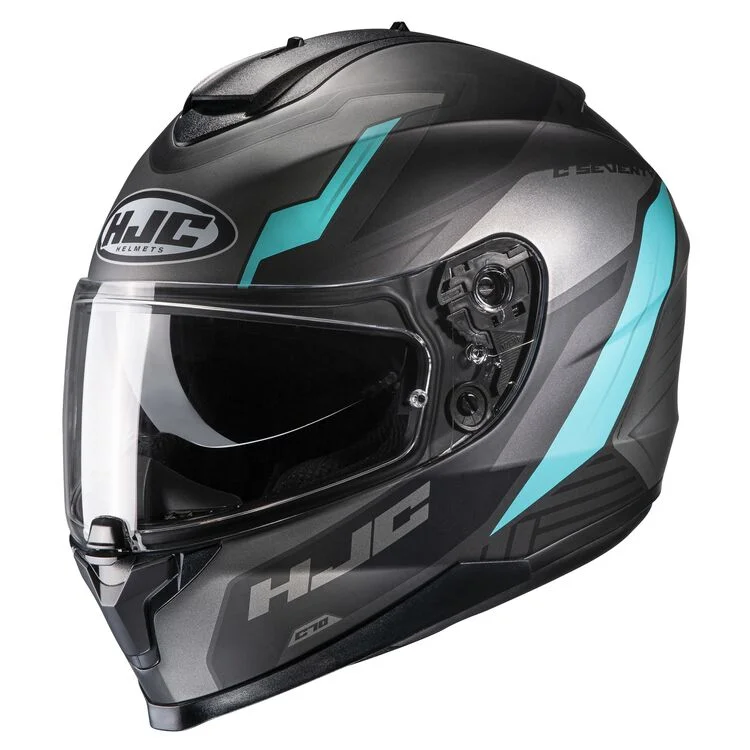
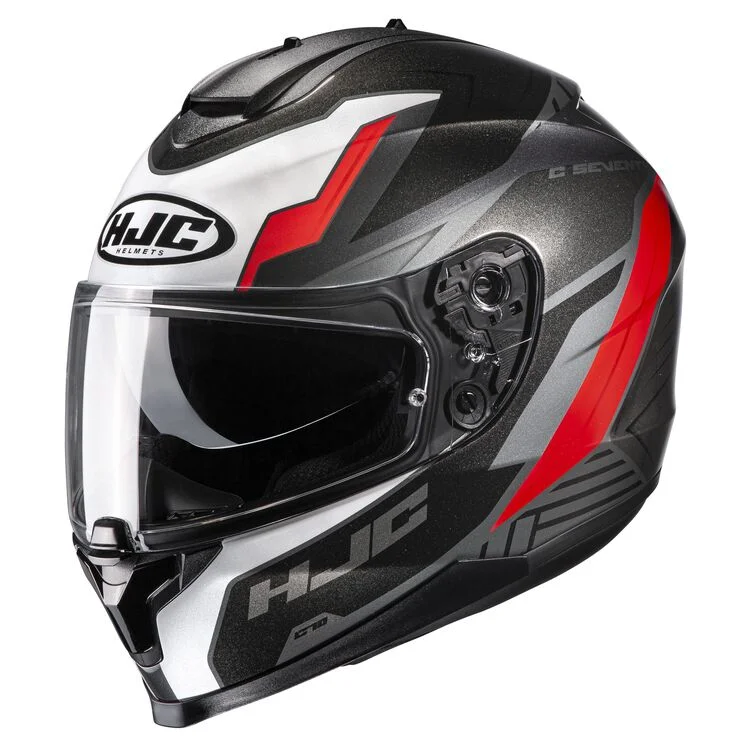
But this is your head we’re talking about protecting. Do you want the best, or the rest?
Here’s what you can get at the top of the helmet spectrum, just before the MotoGP racer FIM-rated helmets.
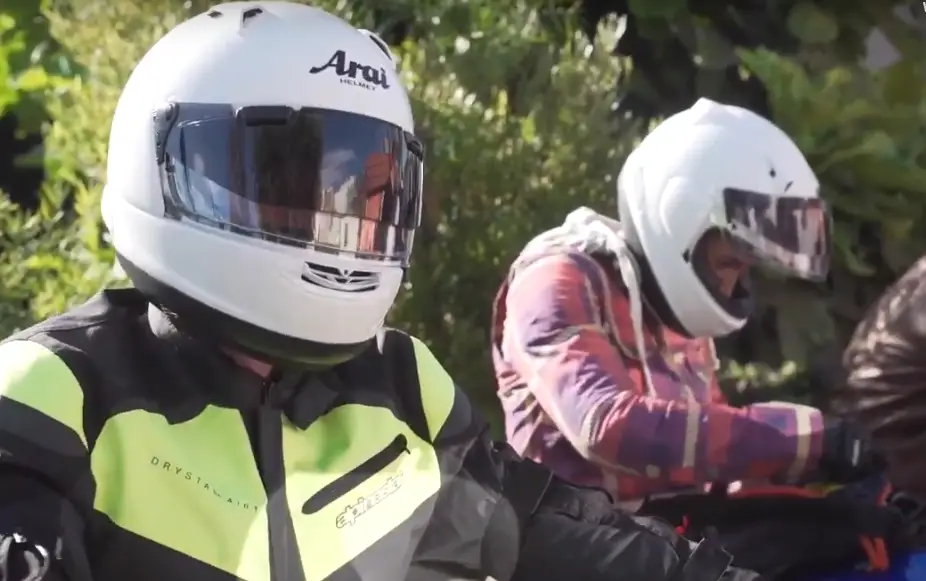
I give you the Arai Signet X. Arai manufactures all their helmets in Japan, and each one is handmade by over 40 skilled technicians. They are family owned with no investors. Their story is amazing and the quality of their helmets speaks for itself.
You’ll find well-designed vents within a quiet and lightweight fiberglass shell. Inside is forgiving padding that absorbs impacts while being incredibly comfortable on your head. The EPS foam under the shell? Made of FOUR density foam, absorbing everything from small knocks to heavy smalls for less pain on your brain.
Arai is so legit that they inspect every single helmet shell, and the inspector personally signs the inside of that shell. Rip open an Arai, and you’ll see exactly who passed that helmet.
Arai also doesn’t have a separate division to make motorcycle helmets for professional racers. That means when you see a MotoGP racer in an Arai helmet, you can buy that EXACT same helmet today.
How awesome is that.
Pick up the Arai Signet X on Amazon or Revzilla.
Not sure your comms unit will fit?
Sometimes the perfect helmet comes with a catch—it’s designed around a specific Bluetooth unit. That can make it tough if you prefer something different. With an adapter from Tubs Jackson, you can get a factory fit for any comms units on helmets you actually want to ride in.
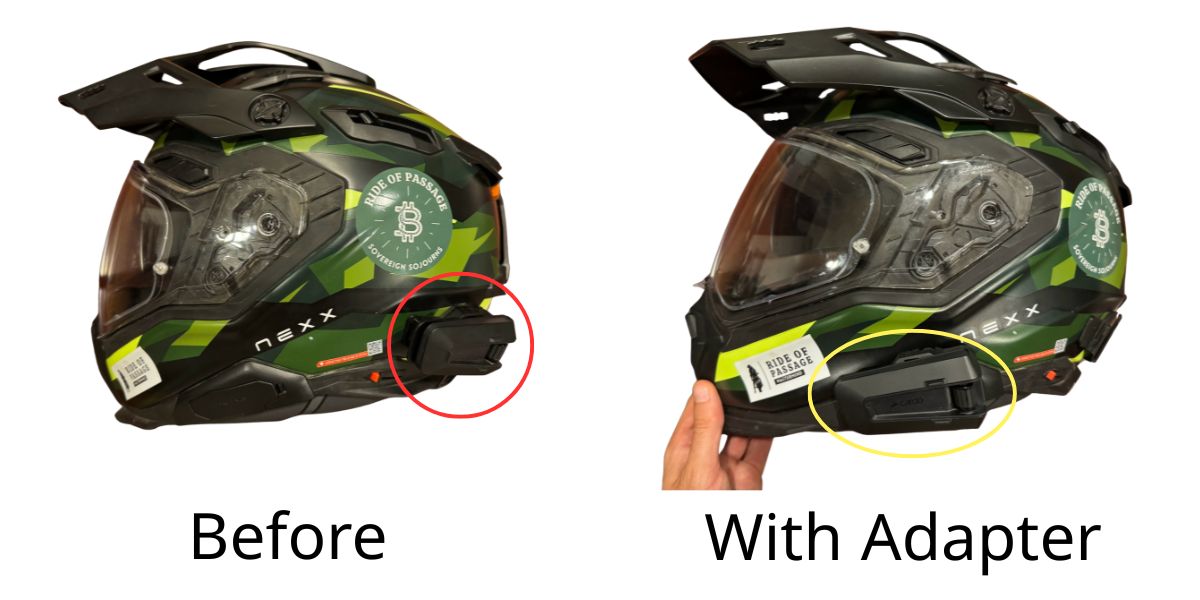
Tubs Jackson is a weird name, I know, but I have their adapter in my Nexx X.WED3 helmet and it’s rock solid. Much nicer than reaching way back to where I had the sticky mount before. I wish I’d thought of this idea.
Tip: Get FREE SHIPPING just by buying here or using code BETTERONTHEROAD at checkout.
Related

Carbon Fiber Modular Helmets: Ultimate Flip-Up Lids
Discover carbon fiber modular helmets that deliver flip-up convenience, lightweight strength, and serious protection for every ride.




John Miller
12 months ago
I wear Nolan helmets. What’s funny about them being in the top tier on this list is that they use both Lexan shells and quick release buckles. I’ve never had to test a Nolan helmet in a serious crash, so I can’t speak to that. They do make a shell that fits my head, which Shoei and Aria don’t. Nothing against them, they just don’t fit me well. Schuberth being in the second tier despite fiberglass construction and double d-ring chinstraps is perplexing. I’d trust a Schuberth, I just can’t afford one.
The rest of the list looks pretty right comparing it to the Motorcyclist column from 20 years ago (Blowing the Lid Off)? in which they tested dozens of helmets and lost a lot of advertisers in the process. Pep Boys branded lids were amazing the top performers, surprisingly.
Evan Rally
12 months ago
I’ve been shocked at the build quality of Schuberth’s given the price, though they do seem to be getting better. Also take a look at the SHARP database – Nolan helmets are all 4/5 stars, Schuberth has a few 4 stars but many 2-3 star ratings on different products. I am also not a fan of those quick release buckles vs D-ring.